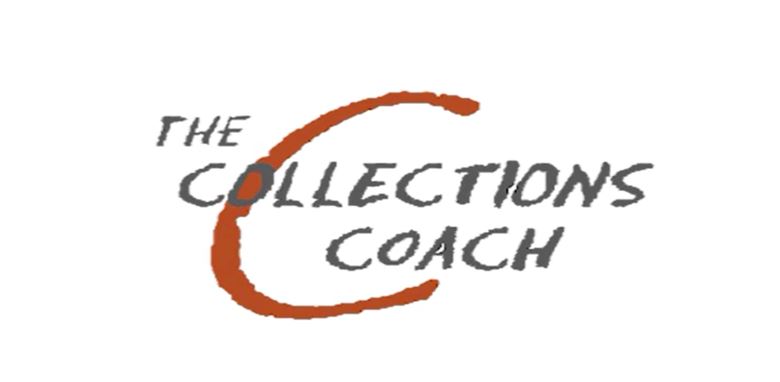 GUEST CONTENT
GUEST CONTENT
In any organization, the number one asset is its employees. It is especially important in the credit and collection industry as collectors are dealing with somewhat complicated situations in an inherently negative environment. Factoring in the difficulty of getting bad debts repaid and the fact that resolving twenty to thirty percent of accounts is success, it is imperative to ensure collectors are as productive as possible for as long as possible. Without the confidence and assurance that collectors remain as productive as possible, the question of what more we could do will be asked and leave management uncertain about just how much more effort and revenue could be generated.
When it comes to measuring collector productivity there are many key performance indicators (KPI) but ultimately it comes down to each agency and its leadership team to determine how many KPI’s and which KPI’s provide the most significance. This article is going to touch on KPI’s that should be evaluated at a foundational level. The first KPI is overall revenue. This may seem like a no-brainer but there are many measurers that like to look at more granular KPI’s and forgo what is one of, if not the single most important KPI, overall revenue. Each month, collectors are given objectives and goals to reach and if they reach those goals they should be commended. The bottom line is other measurables are important but if a collector is generating the revenue needed to keep the lights on it’s important to dig into their other KPI’s.
Right Party Contacts (RPC) the collector has is also critical for a collector’s overall productivity. I like to look at RPC’s as opportunities, did the collector have enough opportunities to reach their objective and goals? Judging whether they had enough opportunities can be done by reviewing the peer comparable which would look at what the collector’s peers did on average and whether they were below, at, or above that peer comparable. If a collector is below the average, then that is a red flag of where correction opportunity can be identified to with a goal of increasing the collectors RPC’s thus increasing the number of opportunities, they must generate the revenue needed. On the flip side, if a collector is not hitting their objective and goals but are above the average on RPC’s this is also a red flag as it shows a big opportunity for not just the collector but the company to collect more money. Focusing on a collector’s skillset is a direct approach that can help them convert more of those RPC’s into payers.
In addition to the total numbers of RPC’s, peeling back a layer for RPC’s and determining what is the percent of first time RPC’s versus multiple RPC’s. This is important because while an agency may hold an account for six months on average before it is recalled by the client, if a collector is constantly talking to consumers who haven’t resolved their debt with other collectors in the office then resolving with them will be difficult. So, taking a look at of the total RPC’s and then finding out of those how many were contacted for the first time when the collector took the call compared to multiple times will show just how much of an opportunity the collector had compared to other collectors. Industry averages between thirty and fifty percent of a collectors RPC’s are firs timers.
The number of payments helps the measurers identify what the overall closing percentage is and whether that is below, at, or above the peer comparable. The closing percentage can be ascertained by dividing the total number of RPC’s by the total number of payments. Whether or not the closing percentage is average, below or above average is dependent upon many factors, most notably the type and age of business being worked. Therefore, looking at the peer comparable gives a solid identifier but industry average ranges from high teens to low thirties percentile. While the collector may be above average on RPC’s but below average on payments, opportunity certainly presents itself to increase the collector’s productivity and overall revenue for themselves and the company.
One of the most impactful KPI’s that impact a collector’s productivity is their average size payment. A higher than comparable average size payment is going to lead to an increase in overall revenue. If collector A has more payments but a lower average size payment than Collector B, Collector B could collect quite a few less payments but overall generate more revenue. Therefore, keeping an eye on the average size payment is so critical. Even a five to ten dollar per payment swing is such a huge differentiator on the bottom line for not just a collector’s productivity but the companies as well.
As stated above, there are many KPI’s out there to look for but what leadership feels is most important to move the needle is what ultimately it comes down to. Below is a longer list of which KPI’s help determine the collector’s productivity:
• Revenue
• New Revenue (the amount of revenue generated and collected in the specified time period, essentially excluding the amount of postdates entering the month)
• Right Party Contacts
• First Time Right Party Contacts
• Closing Percentage
• Payments
• Average Size Payment
• Type of Payment (Paid in Full, Settled in Full, Payment Arrangement)
• NSF or Rejected Cards
• Future Month Postdates
• Productive Dialer Time (Talk and Ready) vs. Non-Productive (Wrap-Up and Not Ready)
• Call Attempts or Successful Operator Transfers (how many calls were they ready for and able to take). Also Calls Per Hour (CPH) is another way to evaluate this KPI
• Lost Hours (in the given time period how many hours were lost due to the collector being out, scheduled or unscheduled)
Consulting services of Compliance, Recoveries, Employee Development, Business Development, Client Experience, Information Technology, and Public Relations.
Interested in having two decades of experience in the credit and collection industry coach your leadership team contact us here.











Facebook Comments